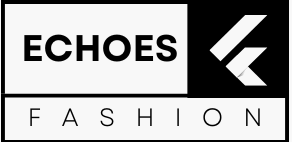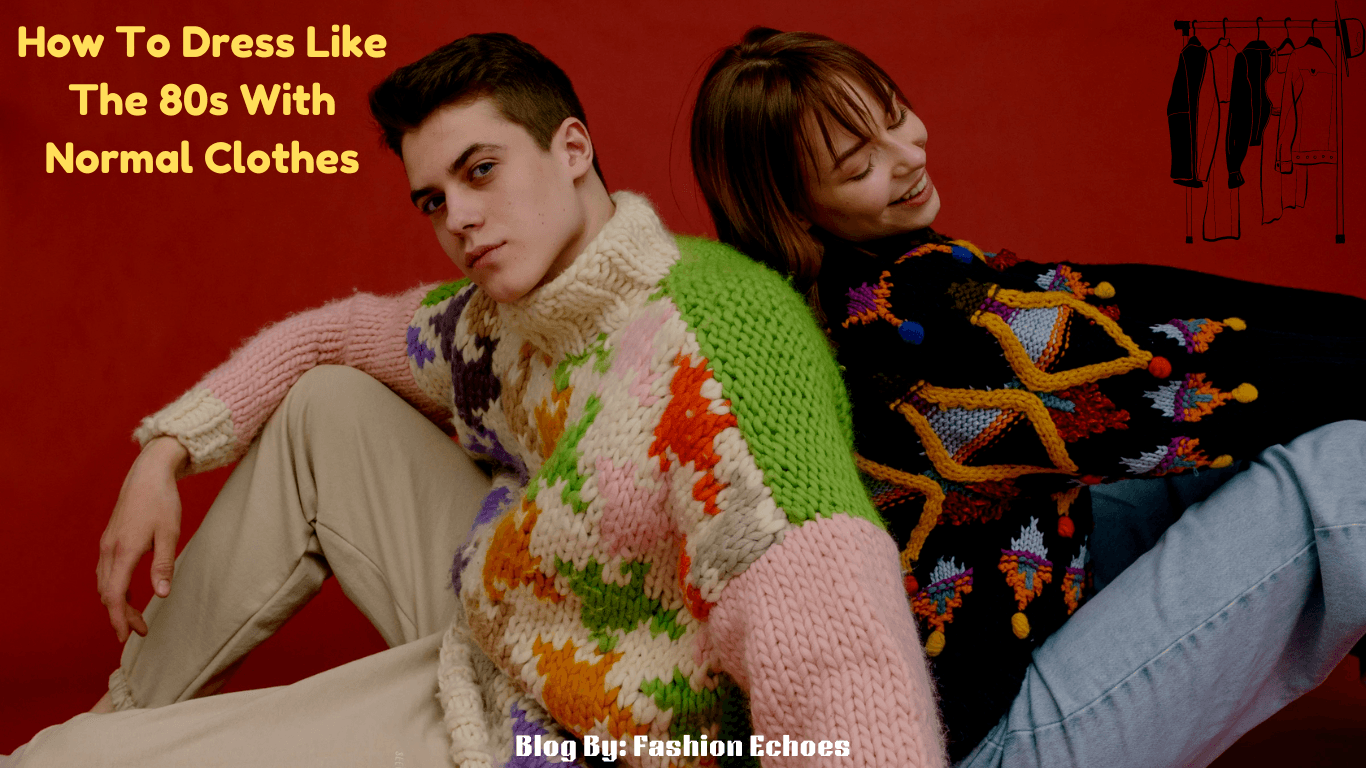The exaggerated puffed sleeves of the later 1820s and 1830s are followed by a narrow, natural shoulder line in 1840s fashion European and European-influenced apparel. Both men’s and women’s waistlines were lowered to match the slimmer shoulder.
Sleeve detail moved from the elbow to the wrists, waists got low and pointed, and shoulders became narrow and sloping. In day dresses, pleated fabric panels now formed a triangle from the shoulder to the waist, whereas, in the previous decade, they had enveloped the bust and shoulders.
With the help of organ or cartridge pleats, which force the skirt to spring out from the waist, a new technique for connecting skirts to the bodice allowed them to change from a conical to a bell shape. Petticoat layers were mostly used to create full skirts. The crinoline of the second half of the 1850s would emerge as a result of the layers of starched petticoats becoming heavier and more inconvenient.
Toward the flared pagoda sleeves of the 1850s and 1860s, sleeves were thinner and less full, falling from just below the shoulder at the start of the decade to the lower arm.
Wide, elbow-length flounces, frequently made of lace, were a feature of gowns that were worn off the shoulder. They were paired with opera-length gloves and silky shawls. Another popular hand accessory was a new type of glove that was typically as long as the forearm. These gloves had intricate floral lace trims.
There was also a little purse as an accessory. At home, white satin bags were frequently decorated or embroidered. Outdoor bags were frequently tasseled and green or white. Additionally, there were linen bags crocheted.
The same materials used to make handbags were also used to make shoes. There were colorful brocade satin slippers that were fastened around the ankle with silk ribbon, as well as crocheted linen slippers.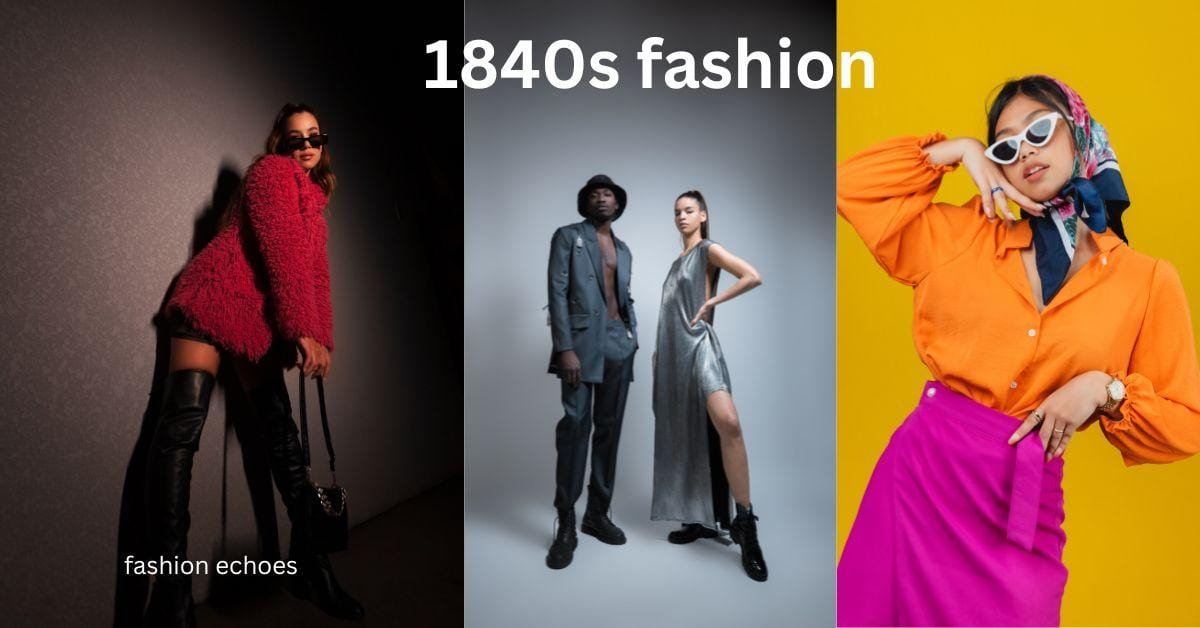
Headwear and hairstyles in 1840s fashion:
The high bun or knot on the crown lowered to the back of the head, and the wide hairstyles of the previous decade were replaced by styles that kept the hair closer to the head. Most people’s hair was still parted in the middle. Wearing isolated long curls that hung down toward the front (often referred to as “spaniel curls”) frequently had little to do with the rest of the hairstyle. Alternatively, the side hair might be looped and braided, with the ends tucked into the bun at the back, or it could be brushed back over the ears.
Married women wore linen caps indoors, particularly during the daytime, with ribbons, lace, and frills. These could also be worn with a parasol in the garden.
Compared to the preceding decade, street-wear bonnets were smaller and less ornate. Flowers on the inside brim or a veil that could be thrown over the face were among the ornaments that were used to adorn bonnets. Under their bonnets, married women wore their caps. When wrapped beneath the chin, the bonnet’s brim formed a lovely framing around the face, and the crown and brim formed a horizontal line. Because of its similarity to the metal scoops used to shovel coal into furnaces, this form was also frequently referred to as the “coal-scuttle” bonnet.
Feathers, pearls, lace, or ribbons were worn in the hair for the evening. Additionally, a little brimless bonnet was worn at the nape of the neck, with the ribbon loosened.
Outside clothing:
The shawl made a comeback in the 1840s fashion with the slender, sloping shoulder line, and it would stay popular until the 1860s. Usually square now, it was worn diagonally folded.
Riding attire included a long matching petticoat or skirt, a tall-collared shirt or chemisette, and a tight-waisted, high-necked jacket with long, snug sleeves. For a while, it was common to wear vests cut like men’s or waistcoats that contrasted. They wore tall hats or caps with large brims, similar to what men wore.
Coats and jackets made a comeback with the new, thinner sleeves. These typically had a cape-like neck and were knee-length. When it was cold or rainy, people wore cloaks that were ankle length and had cape collars to hide the arm slits. In addition to keeping hands warm, ermine muffs with handkerchiefs attached were used for style.
Wide, cape-like collars that hung over the shoulders and covered the upper chest were commonly referred to as pelerines. They occasionally had belts at the natural waistline, lengthy front panels that hung down from the center front, or layers of tiered fabric.
Any little cape worn as outerwear was referred to as a mantlet.
Waistcoats and coats:
Frock coats, also known as French redingotes, were calf-length, sometimes double-breasted garments worn for casual daytime dress. The shoulders had a little inclination and were smaller. Single- or double-breasted, with a shawl or notched collars, waistcoats or vests could be finished with double points at the lower waist.
For any formal daytime event, a cutaway morning coat was worn with light trousers; for evening dress, a dark tail coat and trousers were required.
For casual wear, a frock coat was a form-fitting coat with a front cut to the waist. At this time, the waistcoat was replaced with a vest; they were still very ornamental and lacked a collar. A big black formal cape with a yoke across the shoulder line was a pardessus for men. A calf-length fur-lined coat with fur lapels, cuffs, and collar was called a Chesterfield coat. Additionally, there was no seam at the waist.
Fly fronts were featured on full-length pants. As they would be for the rest of the century, breeches were still required for formal events at the British court. For horseback riding and other rural activities, breeches and tall, fitting boots were still worn, particularly in Britain.
Hairstyles and hats:
Compared to the previous era, the tall hat crowns were straighter, and they grew taller as they transitioned to the 1840s fashion stovepipe design. They were necessary in cities and for formal events.
In sunny climates, people wore hats with wide brims outside. Mustaches, sideburns, and curly hair were still in style.
Fashion for kids:
Children’s clothing during this time mirrored adult fashion trends. Cotton was still extensively used for toddler gowns, drawers, and playthings, while wool and cashmere were preferred materials for baby cloaks. Toddlers often wore long sleeves, a pleated skirt, and a cotton bodice. Boys between the ages of three and six typically wore tunic suits. The coats had a waist-fitting fit before flaring out into a full, knee-length skirt. For extremely young boys with drawers, this was worn over pants. The jacket was typically worn over a round-collared shirt.
Eton suits, which consisted of a short, waist-level jacket, pants, round-collared shirts, a vest, and occasionally neckties, were worn by boys in elementary school to higher age groups. It was common for boys to wear flat caps in the 1840s. Little girls wore stockings, petticoats, cotton chemise, and cotton drawers. As girls grew older, they started wearing tight corsets called stays, following their mothers’ fashion. For both girls and boys, “barley” or “sugar” curls—long, drooping curls that framed the face—became a popular hairdo.
Fashions of the 1840s Inspired by Parisian Fashion Plates:
Designers in Paris, France, had a significant influence on the fashions of the 1840s in England, Canada, the United States, continental Europe, and other Western-oriented nations. Women’s publications, including the French Le Follet, Courrier des Salons, and Journal des Modes, included fashion images, sometimes known as plates, from the 1840s fashion in Paris.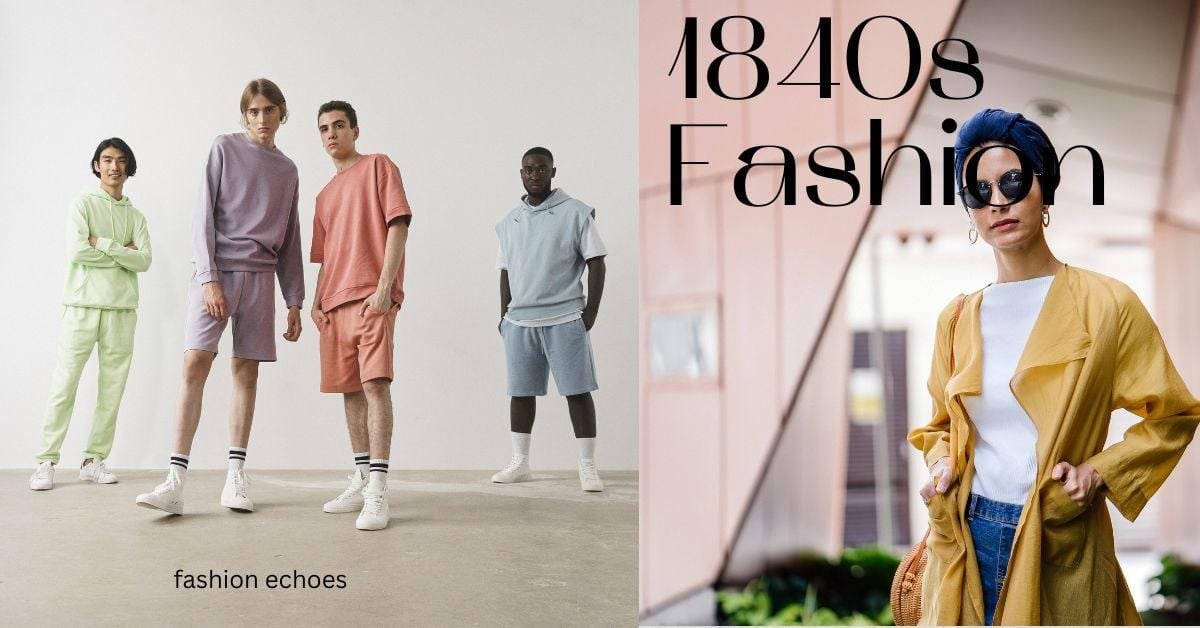
Fashions of the 1840s Affected by Technology:
Many of our ancestors from the 1840s were able to buy clothes in a wide range of patterns because of the Industrial Revolution. People who had little money or no access to readymade fabric, however, continued to make their fabric at home.
Home sewing machines were still a ways off in the 1840s. The majority of clothing was made by hand at home or, for those who could afford it, by professional seamstresses or tailors. As was already said, a lot of people copied the fashion magazine illustrations. Working-class men and women might own two outfits—one for work and one for “Sunday best,” accessorizing as needed, due to the cost or time required to produce or purchase clothing. For the same reasons, old or worn-out garments were frequently dyed and repaired.
Women’s Fashions of the 1840s:
Women’s fashion in the 1840s featured floor-length gowns with lowered shoulders. Arm-hugging fashions replaced the large balloon sleeves that were prominent in the 1830s. The empire waist of the 1830s was also replaced with a long, fitted bodice that ended in a V-point slightly below the natural waist. During this decade, women’s necklines were frequently shoulder-baring or high.
Additionally, the tight corset stays and fashions that limited arm movement and waist bending made it difficult for women to move freely while wearing 1840s fashion clothes. Throughout the decade, dress skirts became heavier and fuller, with crinoline hoop skirts and several petticoats supporting them underneath.
Women wore shawls or pelisses, which were short capes that covered the shoulders, along with overdresses and a hat or bonnet when they went out. Instead of makeup, a pink bonnet liner may give the skin a “glow.” The hairstyles were long, put up in buns at the back or over the ears, and parted in the middle. Long curls occasionally hung on either side of the face. In terms of footwear, flat, ballerina-style shoes completed an ensemble and gave it a delicate, romantic appearance.
Men’s Clothing in the 1840s fashion Western men’s fashions in the 1840s mirrored those of the decade. In the 1830s, styles that were flamboyant, colorful, and curvaceous gave way to a long, thin style that was respectfully restrained. Waistlines and shoulders were lowered. For daytime business wear, a black frock coat with a waistline was typical. Waistless “sack” jackets gained popularity as casual clothing for many men in the 1840s. Typically, shirts were made of white cotton or linen, had turned-up collars, and were adorned with a bow-tied cravat or dark tie.
Men’s trousers in the 1840s fashion style were frequently light-colored, tweed, or plaid, and they did not have to match jackets. Even while the nobility continued to wear knee breeches for hunting, riding, and ceremonies, men tended to wear full-length pants during this decade. Workers wore labor boots and durable cotton work pants. In later decades, the fall-front fastener was gradually replaced by a fly.
Vests (sometimes called waistcoats) from the 1840s fashion were frequently made of silk and came in a variety of colors. They gave men’s normally subdued clothing a vibrant splash of color. Many men wore caped-shoulder coats or long, double-breasted greatcoats to protect themselves from inclement weather.
Children’s Clothes of the 1840s:
Both male and female infants wore long skirts in the 1840s fashion, although these were eventually cut short for crawling. Dresses were still worn by toddlers and extremely young children, which is why little boys in historical photographs are occasionally confused for girls nowadays. Around age five, children’s 1840s fashion attire started to more closely resemble adult styles, while there were still some distinctions.
Although their gowns were knee-length and paired with full-length, white cotton pantalettes, young girls’ attire was largely identical to that of adult women. Ribbon-tied bonnets with large brims were worn by girls and very young boys. By the age of twelve, girls in the 1840s were wearing mid-calf dresses. Girls typically adopted adult women’s clothes by the time they reached adolescence.
Restrictions in the 1840s fashion
With regional variations, the 1840s fashion styles discussed in this article were generally applicable to Westernized nations. For the poor and enslaved, options were restricted by access to resources, living conditions, and financial constraints. Whether enslaved individuals in the United States toiled in the fields or at home, the enslaver’s personality and situation, and the sewing skills of the enslaved families all influenced the type, amount, and style of clothing allotments available to them.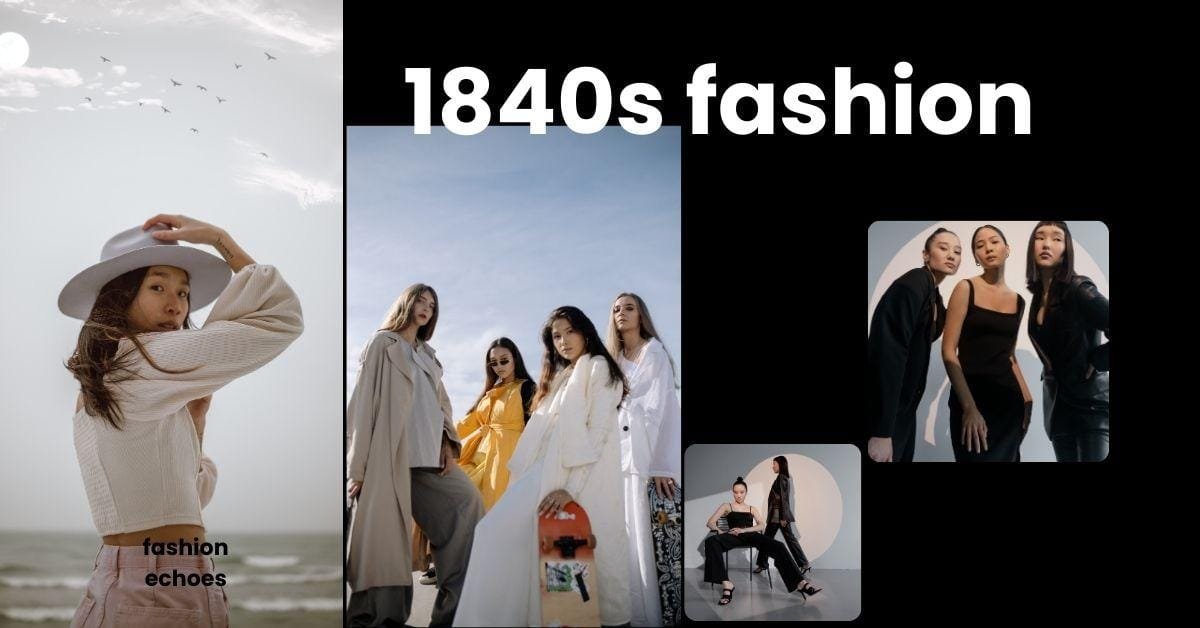
Locating Images of Ancestors from the 1840s fashion
Since photography was only developed in 1839, there may not be any pictures that capture your family’s sense of style from the 1840s fashion. However, studios using the daguerreotype format swiftly emerged in the 1840s. The clothes and accessories used in these reasonably priced and well-liked pictures frequently reveal details about a person’s job, hobbies, age, stage of life, marital status, ethnicity, or disability.
